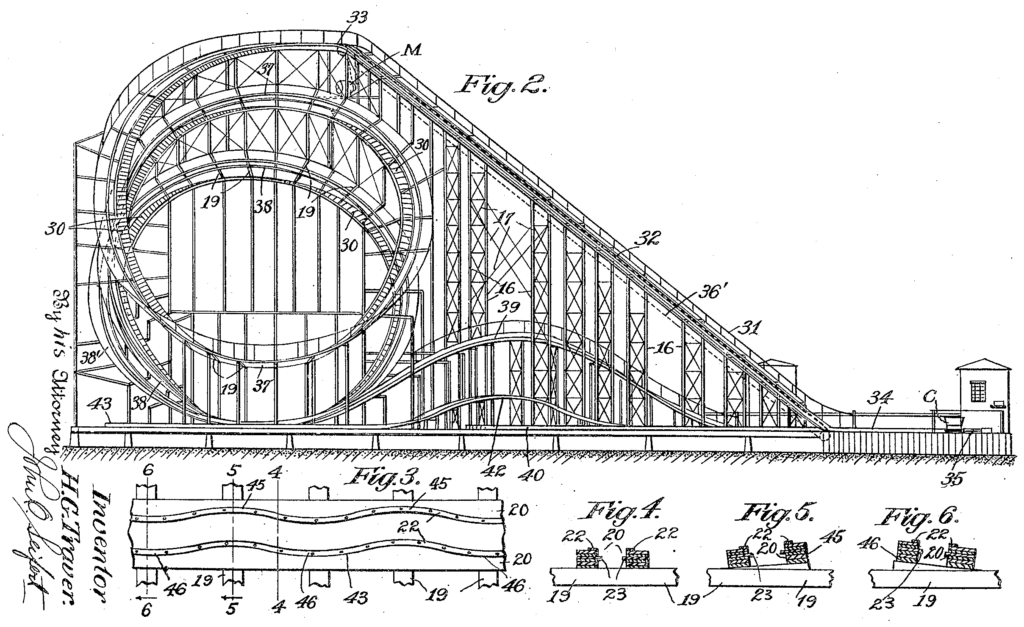When foreign buyers purchase products from Chinese factories the big issue is usually who owns the design of the product. This issue is often discussed in a theoretical way, based on intellectual property law principles, without getting to the real point. You are having a product made at Chinese Factory A. You decide the price Factory A is charging you for the product has become too high. The fundamental issue is this: can you take that exact product and have it made at factory B?
Say you are using the following procedure. You find a product made and designed by a Chinese factory. Normally, you will not purchase off-the-shelf products in their “as-is” condition. Normally you will customize the product by maybe changing its colors, and/or its surface design and/or small surface features such the number of buttons.
In this situation, the Chinese factory will take the position its own the design and you have no rights to the underlying design. In general terms, the Chinese factory will say:
a. Chinese Factory owns the underlying design and can sell that product anywhere in the world.
b. Chinese Factory agrees to “customize” its product for you by making surface changes such as color, logo, surface design features. Chinese Factory agrees not to manufacture and sell a product using those same features for sale anywhere in the world.
Given this basic position, what happens if you want to go to a different manufacturer for the same product? There are several alternative responses:
i. The normal response is that the Chinese Factory says you can go ahead and customize the product made by a different factory, but you CANNOT have that factory manufacture your product based on our underlying product design.
ii. In the alternative, some factories will say that you can go to a different factory, but you must pay us a royalty.
iii. In the alternative, some factories will agree to give you a license to go to another factory solely to manufacture the product but not to make any adaptation or other “new work” relying on the underlying design.
Where does your Chinese program fit into this system? Most buyers settle on alternative b. This is a type of stand-off. The Chinese factory cannot sell “your” customized product anywhere in the world, but you are stuck with the Chinese factory. If you want to go to a different factory, you have to start over from scratch or pay what is usually a very high royalty. This can be a disaster if there is no readily available alternative source for your product.
Another issue that arises from this situation is the question of exclusivity. If you have worked hard to create a market for a specific product in a certain territory, you will not want virtually the same product to be sold in that territory in direct competition with your product. It is common to provide that your factory is not permitted to sell the customized product to any other buyer. On the other hand, the factory is free to work with a different buyer who customizes the product in a different way. It is that alternative customized product that will then appear as a competitor in your territory.
Obtaining the agreement of your Chinese factory not to sell your customized product to anyone else is relatively easy because no one else really wants that product. It is much more difficult to get your Chinese factory to agree not to sell an alternative product to another foreign buyer. If you are looking for that kind of protection, you must be clear about the rules and you must expect the Chinese factory will only agree to those rules if it receives a substantial benefit for doing so. That benefit is normally your agreement to a specific volume of product purchase for each year of exclusivity. Big companies often get this sort of deal; SMEs, far less often.

























